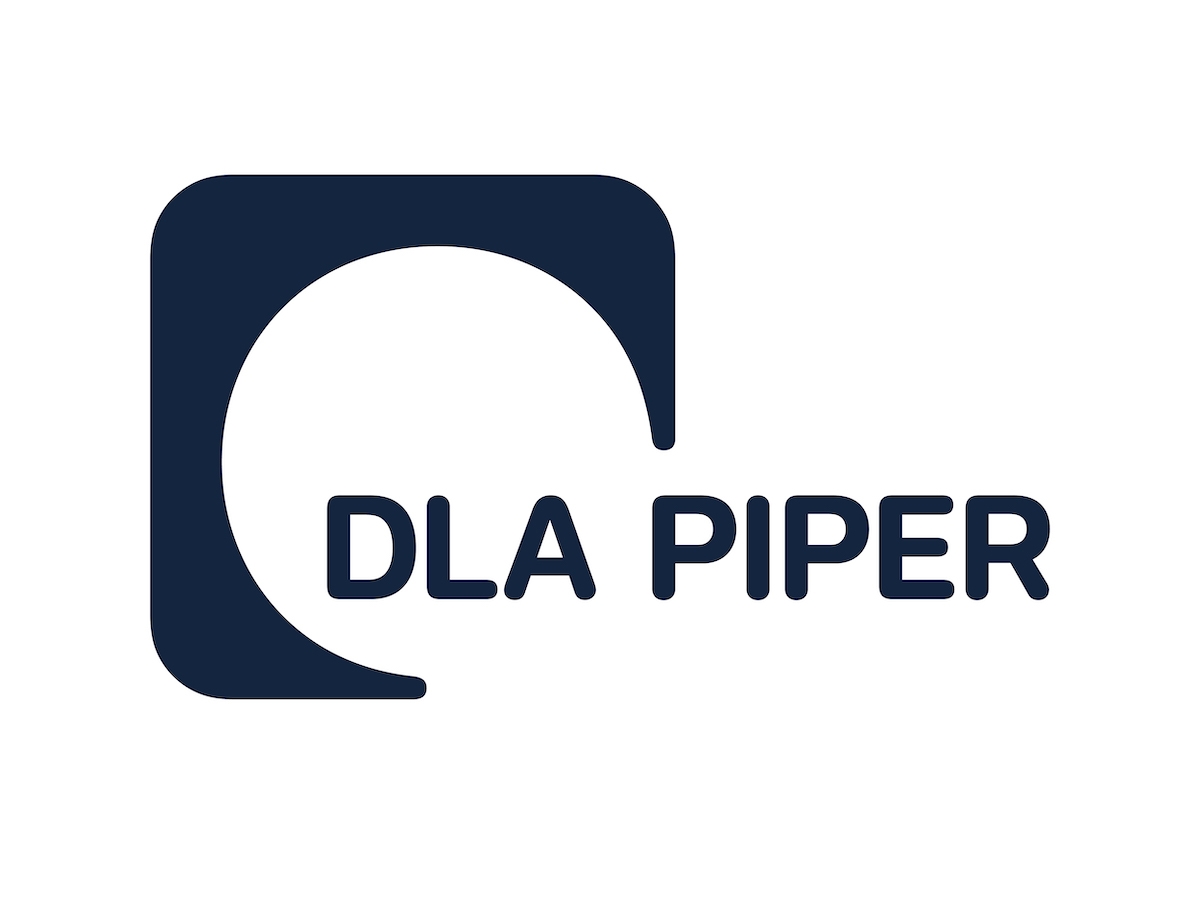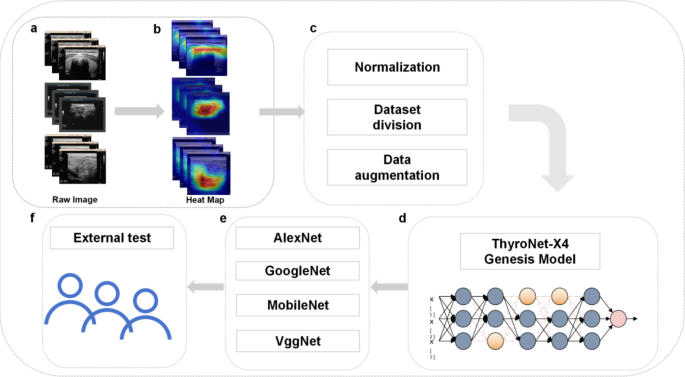Introduction Thyroid nodules are defined as space-occupying lesions within the thyroid gland that can be detected through imaging studies, differentiated from the surrounding thyroid tissue. These nodules can be benign or malignant, and according to recent epidemiological studies, up to 60% of the population have thyroid nodules1, with a malignancy rate of approximately 1–5%2. Further

AI Literacy Requirements are in Effect : AI Skilling and Lifelong Learning in the Workplace
It’s time to ensure your staff know how to tell weights from biases, and transformers from diffusion models.
2nd February marked the date the EU AI Act’s much-talked-about AI literacy requirements officially came into effect. Staff can no longer nod along when they hear explanations of ‘machine learning’ or ‘neural networks’. There is now a legal requirement to take measures to ensure people operating and using of AI understand it, are aware of the opportunities and risks. Staff should also be trained to evaluate AI to ensure informed deployment in the context of the legal requirements. And this should be evidenced.
There is no one-size-fits-all approach to this. Employees at all levels should be trained so they have sufficient awareness to understand the key concepts. In practice, this should be tailored depending on the technical knowledge and experience of staff. Also the context in which the AI is used will impact the skilling and training required. For “AI Officers”, AI governance leads and board members, a deeper dive is sensible, ensuring they understand the importance of a harmonised compliance framework so they can ensure AI is designed and deployed safely in a consistent manner to promote the success of the company.
There’s a lot to take in, but it is important not to see AI Literacy as a compliance burden, but rather an investment. A more knowledgeable, confident and AI-empowered workforce isn’t a tick box exercise. There is a strong correlation between organisations with strong AI knowledge among staff, and those moving beyond AI ‘proof of concept’ projects toward AI in production – where it can begin to deliver significant productivity and efficiency gains.
So, if you’ve been itching to ask: “how can I transform an army of clueless ChatGPT-sceptics into AI-savvy staff members?”, now is your chance to grasp the AI literacy opportunity. Where do you start? Map who across your organisation uses AI today, who will need to use it tomorrow and which roles will be most impacted. If everyone needs a basic level of knowledge of AI, identify who needs deep expertise and how much you should be investing in them. Look at people joining your organisation to identify if they possess the right skills and aptitudes to be successful.
We encourage you to level up your workforce, keep regulators happy, and ensure you’re harnessing AI’s potential responsibly.
[View source.]


